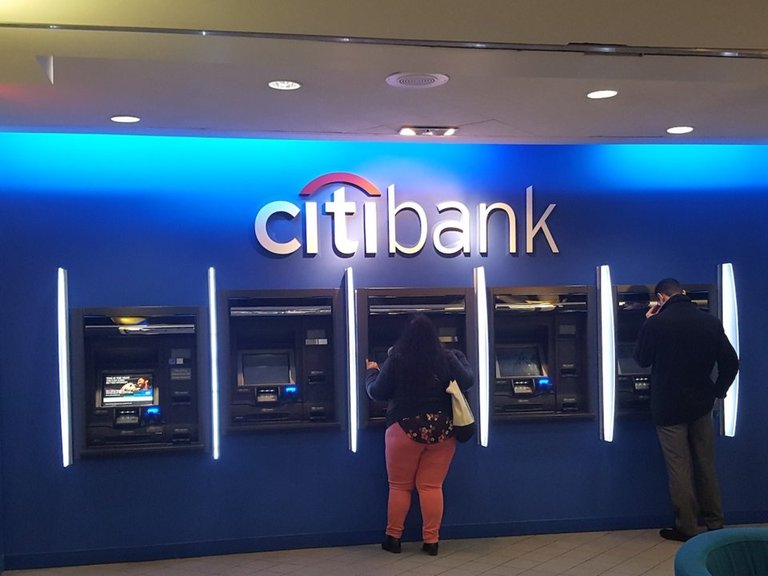 Don't trust everything you read on the internet." - Abraham Lincoln
Don't trust everything you read on the internet." - Abraham Lincoln
post being shared on Facebook is informing people about an emergency escape strategy that can be used at automated teller machines if you are being robbed. Supposedly, if my PIN is 1-2-3-4, I can type in 4-3-2-1 and the police will automatically be notified and arrive at the scene.
The post says - with numerous grammatical errors intact:
"If a theif forces you to take money out of an ATM, do not argue or resist. What you do is punch in your pin # backwards. EX: if its 1234, you'll type 4321. When you do that the money will come out but will be stuck in the slot. The machine will immediately alert the local police without the robbers knowledge & begin taking photos of the suspect. Every ATM has the feature. Stay safe."
Snopes and WalletHub have revealed the post to be false but in the age of social media, this urban legend continues to spread. Snopes says that this myth has been passed around on the internet since at least 2006.
A 2010 report from the FTC tracked all technology currently installed or in development in ATMs and found no evidence of emergency calls through dialing PINs.
The report said, "banks reported that none of their ATMs currently have installed, or have ever had installed, an emergency-PIN system of any sort. The ATM manufacturer Diebold confirms that, to its knowledge, no ATMs have or have had an emergency-PIN system."
Even though the hack was thoroughly debunked, I decided to put this questionable social media tip to the test.I immediately realized one flaw in the strategy. Being able to come up with your PIN backwards - at gunpoint - would be no easy task. I was facing no pressure and still had difficulty reversing my PIN, even on a second attempt.
A major problem would follow for bank members with PINs that are palindromes. These codes are the same in reverse - such as 1221 - and would always be impossible to tell if the user was making a simple transaction or was actually in danger
Sort: Trending